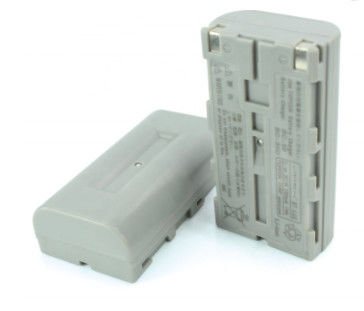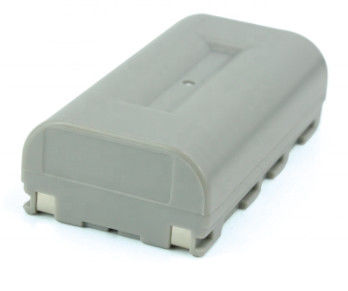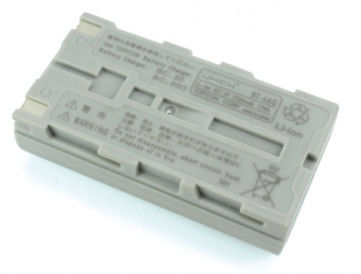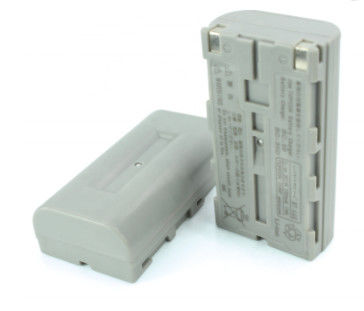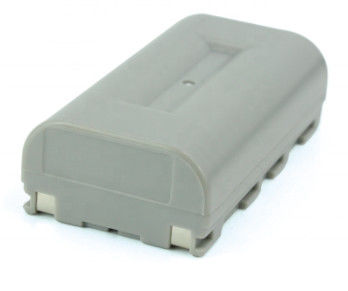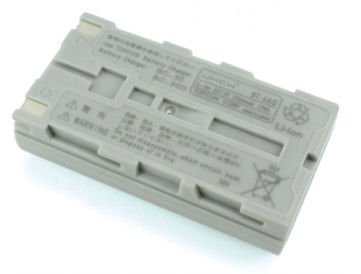-
Surveying Reflector Prism
-
Survey Mini Prism
-
360 Degree Prism
-
Total Station Prism
-
Prism Pole Bipod
-
Carbon Fibre Telescopic Pole
-
Telescopic Levelling Staff
-
Tribrach Adaptor
-
Instrument Tripods
-
Total Station Batteries
-
Total Station Battery Charger
-
Total Station Cable
-
Total Station Accessories
-
Surveying Instrument
Topcon Battery BT-66Q for GPS Topcon RC-3/GMS-2 FC-2000

Contact me for free samples and coupons.
WhatsApp:0086 18588475571
Wechat: 0086 18588475571
Skype: sales10@aixton.com
If you have any concern, we provide 24-hour online help.
x| Voltage | 7.4V | Capacity | 2600mAh |
|---|---|---|---|
| Weight | 112g | Size | 75*41*22 (mm) |
| Color | Grey | Condition | New |
| Charger | BC-30D | Used For | Topcon GPS GNSS |
| Rechargeable | Yes | Cell-Type | Li-lon |
Topcon Battery BT-66Q for GPS Topcon RC-3/GMS-2 FC-2000
Mode;: BT-66Q
Specifications:
| Voltage | 7.4V |
| Dimension | 75*41*22 (mm) |
| Type | Li-lon |
| Capacity | 2600mAh |
| Weight | 112g |
| Package | Individual Box Package |
| Warranty | 12 Months |
| Temperature | 10~40 °C |
| Charger | BC-30D |
| Rechargeable | Yes |
| Used For | TOPCON GPS |
Features:
- Long battery life.
- Reliable supply of power in the field.
- Batteries and chargers compatibly matched.
- Quick charging of batteries.
- Prevention of the memory effect in batteries.
- Trickle charging after completion of charging.
- Microprocessor controlled and monitored charging.
Charging the batteries
New and stored batteries
New NiCd and NiMH batteries reach their maximum capacity only after a few charging and discharging cycles. The batteries should be fully discharged and charged three to five times. NiMH batteries that have been stored and not used for an extended period (more than a month) should be refreshed simularly. For Li-Ion batteries, a single discharging and charging cycle is sufficient.
Batteries in regular use
After use the battery can be placed in the charger until fully charged (the green light flashes). The charging time depends on the battery capacity and temperature.
Charging temperature
The charging temperature (ambient temperature) has a significant impact on the life of the batteries. Charging at high temperature can cause loss of capacity. These losses in capacity are irreversible. Even with several charging and discharging cycles, the original capacity can no longer be obtained. For optimal charging, we recommend that the batteries be charged at ambient temperatures as low as possible (+10 °C to +20 °C / +50 °F to +68 °F). The permitted temperature range in which charging can still be performed is between 0 °C and +35 °C (+32 °F and +95 °F). Due to a temperature control mode built into the GKL221, GKL211 and GKL112, charging at temperatures that may cause damage to the batteries is not possible.
Useful capacity
The temperature has a particularly significant effect on the useful capacity of a battery. In accordance with the operating range for the surveying instruments, the batteries can be operated from –20 °C to +55 °C (–4 °F to +131 °F). With reducing temperature the useful capacity drops rapidly. Continuous use in the upper temperature range (> +45 °C / +131 °F) shortens the life of the battery.
![]()
![]()
![]()




